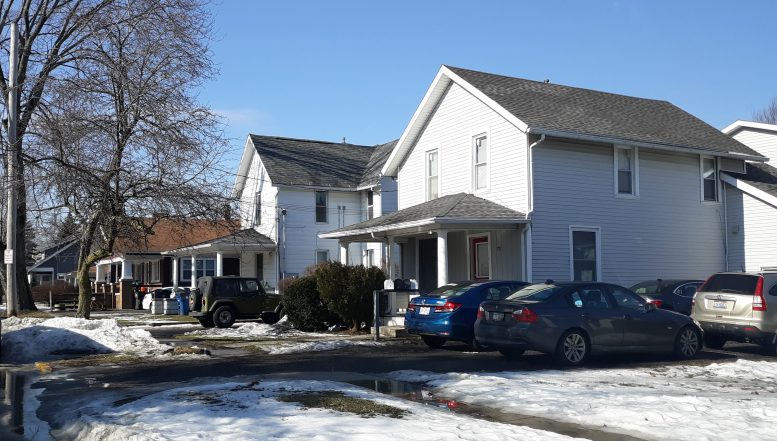By JAN LARSON McLAUGHLIN
BG Independent News
It’s been over a year now since a federal court struck down the City of Bowling Green’s ordinance that restricted the number of unrelated people who can live in a rental property.
The city had used the ordinance for decades to limit the number of people living in rental units to three people – unless they are related.
But the ruling, issued by Federal Judge James R. Knepp, said that the number of people allowed in a home should be determined by the number of bedrooms – not by the city’s desire to limit density in single-family neighborhoods.
On Monday, First Ward resident David Pfleger asked City Council how Bowling Green was keeping track of homes where the residents outnumbered the bedrooms.
The city’s zoning ordinance limiting residency in rentals had been in place for decades, and had previously been upheld by the Ohio Supreme Court. The purpose of the law was to help maintain the density of single-family neighborhoods that were being converted into rental housing.
With that gone, Pfleger asked if it was up to neighbors to report homes that had more residents than bedrooms – or if it was the city’s responsibility to track those over-occupied homes.
Pfleger listed two home addresses on North Enterprise Street where five or cars are parked at on a regular basis – yet the homes each have just two bedrooms.
“Something needs to be put in place to try to bring this into check,” he said.
City Attorney Mike Marsh said the city’s zoning enforcement staff is responsible for finding rental homes with more residents than bedrooms. The staff checks the auditor’s website – and compares the number of bedrooms listed to the number of people living in rental homes.
“Our code enforcement officer is always looking for over-occupancies,” Marsh said.
When violations are found, the city prosecutes the property owners – not the tenants, since in most cases the renters are not aware of the restrictions, he said. Often the city will let students stay in the homes until the end of a term, Marsh said.
According to the federal judge’s ruling, the city can legally limit the occupants to the number of legitimate bedrooms. Rooms qualify as bedrooms only if they are listed on the Wood County Auditor’s site as bedrooms.
Dining rooms, living rooms and other areas of the house divided up for bedrooms do not count. Additional bedrooms only qualify if the homeowners have secured permits for renovations.
But Marsh cautioned that an estimated 332 homes were approved years ago for pre-existing non-conforming use.
“We have a file on every one of them downtown,” he said. “Those continue to exist legally.”
Pfleger suggested that some language regarding occupancy be added to the proposed rental housing registration currently being considered by City Council.

